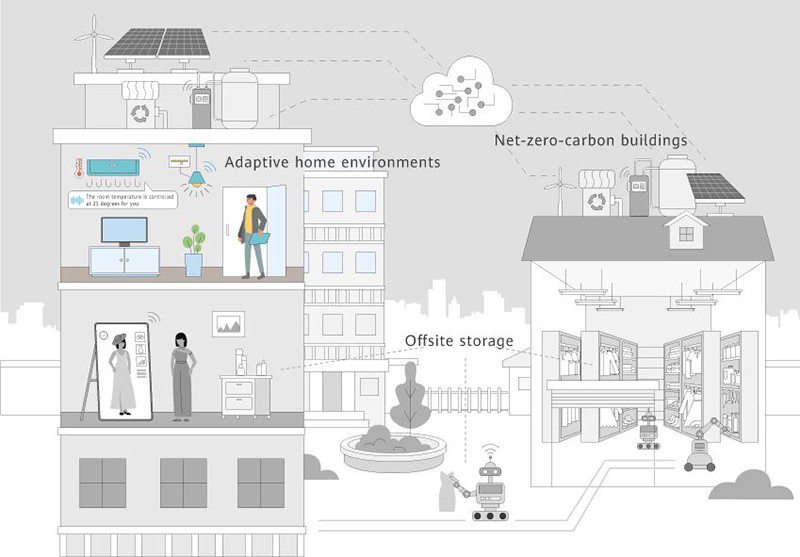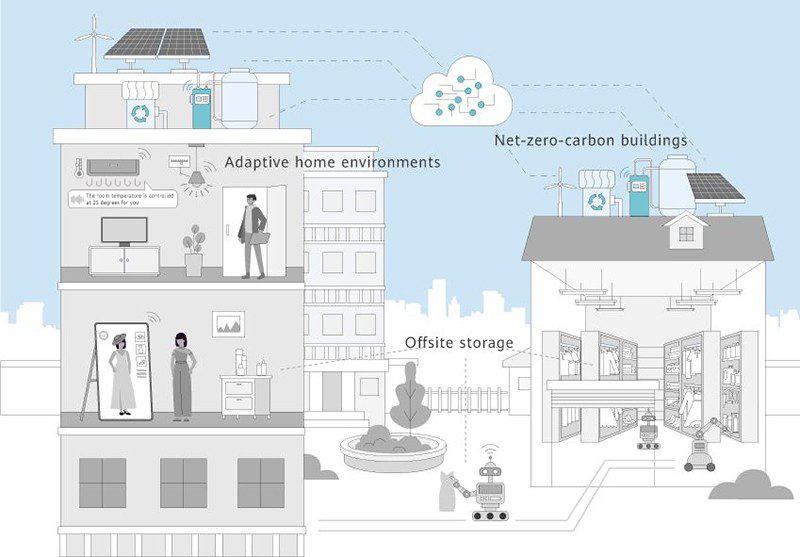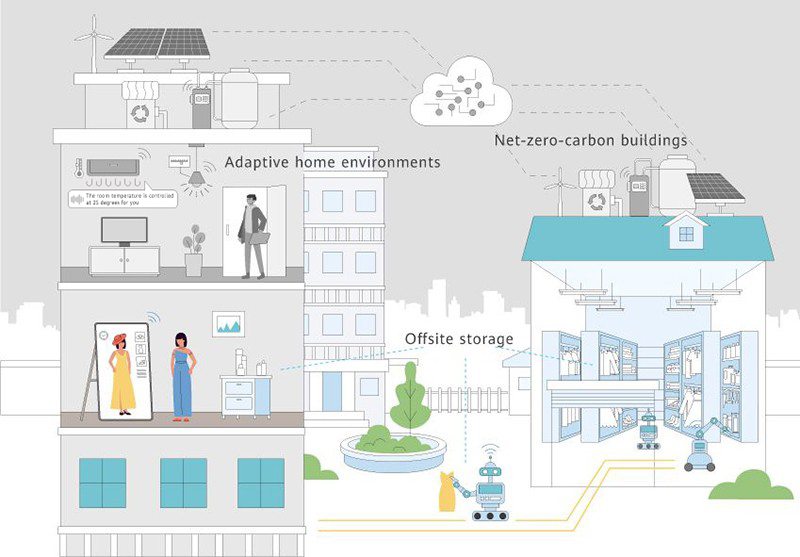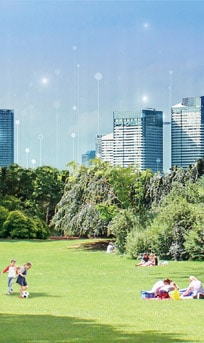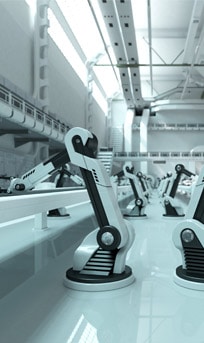Back to Main Menu
Huawei Websites
- Corporate
- Corporate news and information
- Consumer
- Phones, laptops, tablets, wearables & other devices
- Enterprise
- Enterprise products, solutions & services
- Carrier
- Products, solutions & services for carrier networks
- Huawei Cloud
- Cloud products, solutions & services
Select a Country or Region
- Australia - English
- Brazil - Português
- China - 简体中文
- Europe - English
- France - Français
- Germany - Deutsch
- Ireland - English
- Italy - Italiano
- Japan - 日本語
- Kazakhstan - Қазақ тілі
- Kazakhstan - Pусский
- Kenya - English
- Korea - 한국어
- Malaysia - English
- Mexico - Español
- Mongolia - Mонгол
- New Zealand - English
- Netherlands - Nederlands
- Poland - Polski
- Romania - Română
- Russia - Pусский
- Singapore - English
- South Africa - English
- Spain - Español
- Switzerland - Deutsch
- Switzerland - Français
- Switzerland - Italiano
- Switzerland - English
- Tanzania - English
- Thailand - ภาษาไทย
- Turkiye - Türkçe
- Ukraine - Українська
- United Kingdom - English
- Uzbekistan - Pусский
- Uzbekistan - O’zbek
- Vietnam - Tiếng Việt
- Global - English
Quick Links
This site uses cookies. By continuing to browse the site you are agreeing to our use of cookies. Read our privacy policy
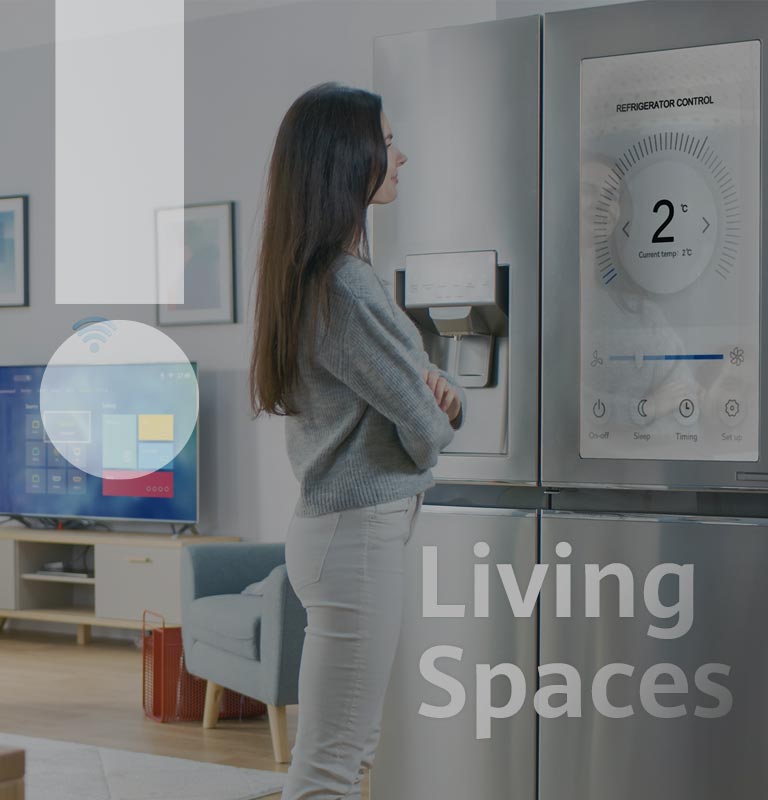

Personalized Spaces with Novel Interactive Experiences
By 2030, we will no longer have to live with clutter. We will manage our possessions with a digital catalog powered by a 10 gigabit network, holograms, and other technologies. Automatic delivery systems will bring household items from shared warehouses to our doors whenever we need them. Intelligent management systems that control our physical surroundings for automatic interactions will mean that the buildings where we live and work may produce net zero carbon. Next-generation IoT operating systems will enable people to live and work in adaptive environments that understand their needs.

